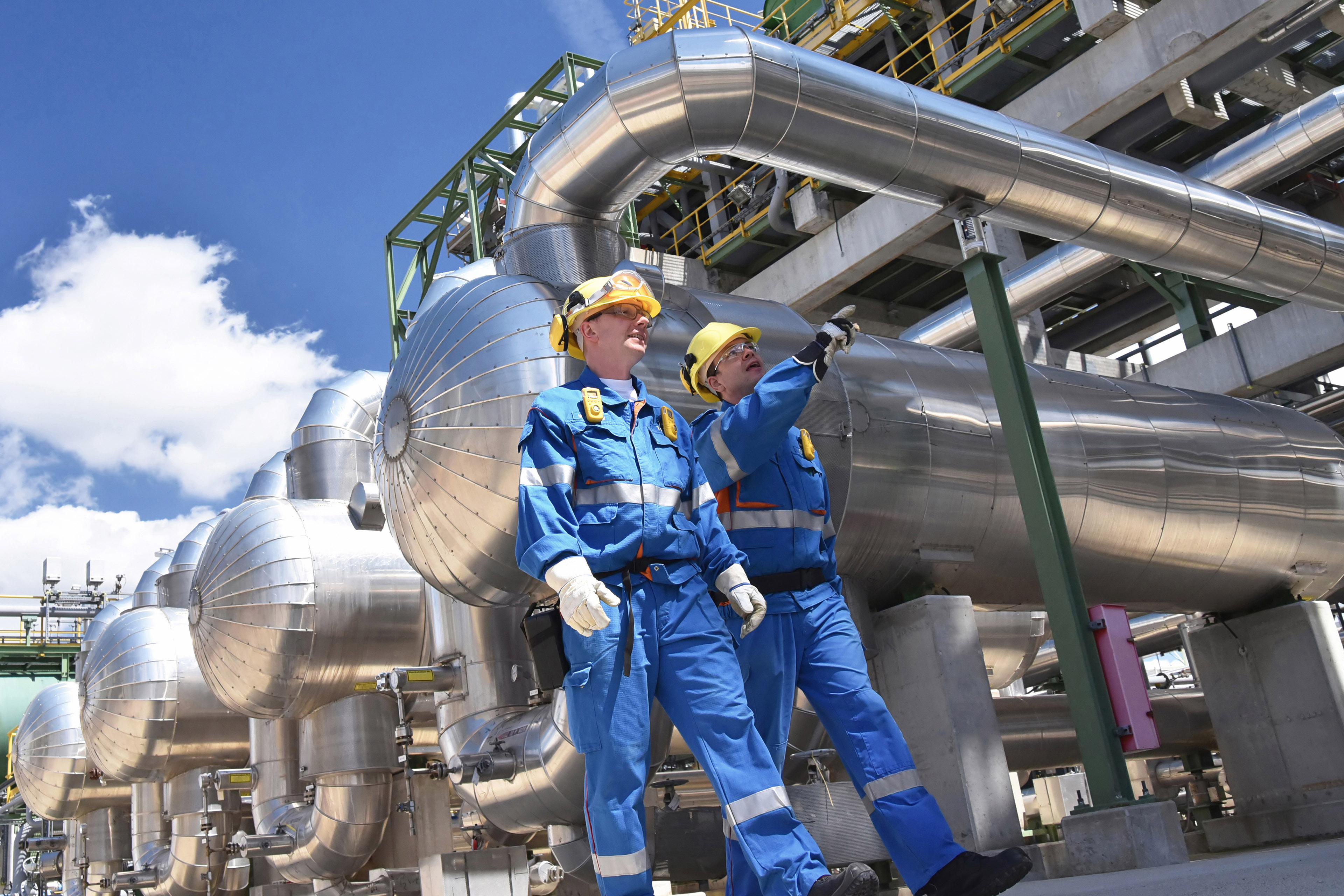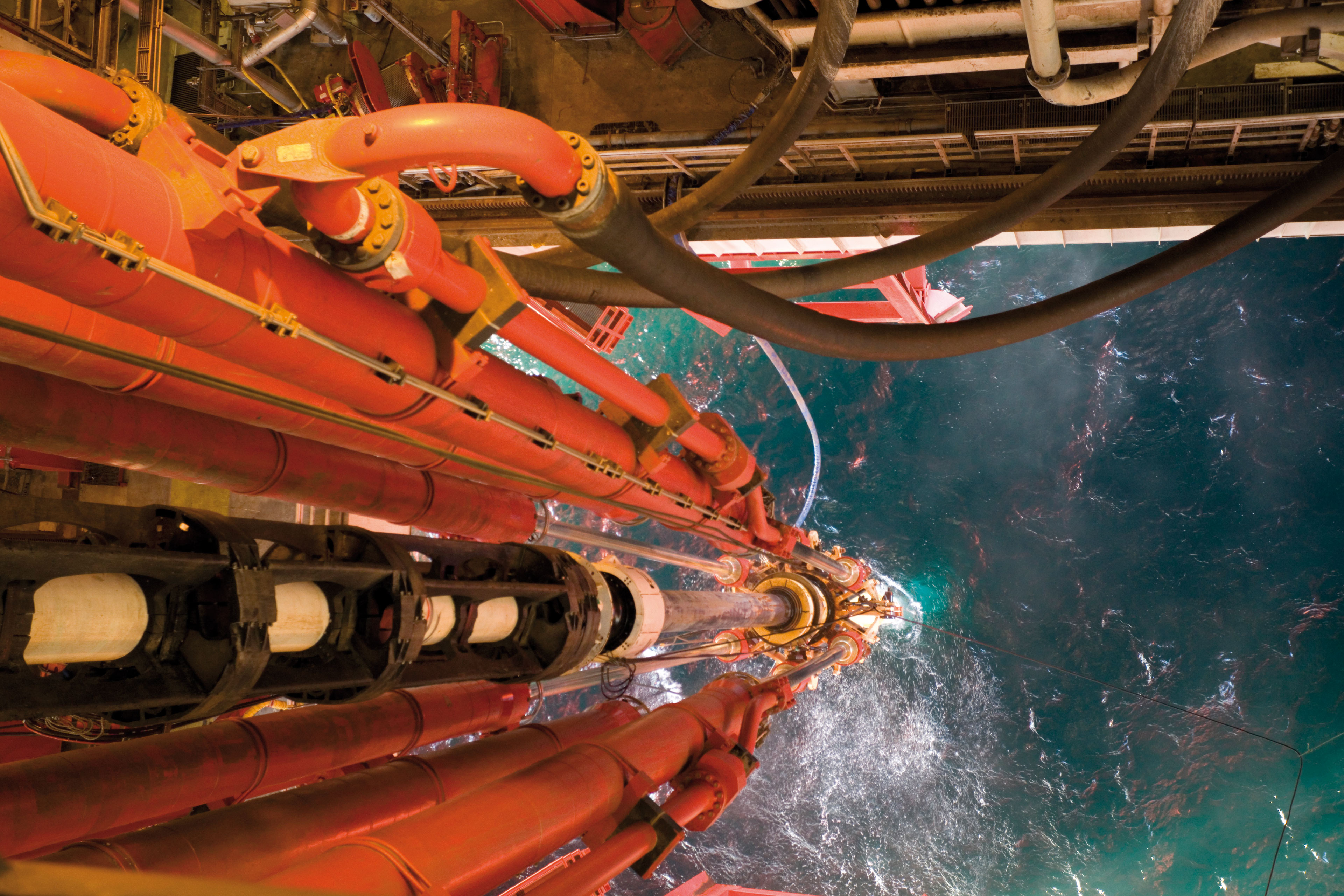Norwegian oilfield services analysis 2019
In EY’s annual review of the Norwegian oilfield services industry, we quantify the size and development of the industry and analyze the dynamics across the oilfield services value chain.
In this report, we quantify the size and development of the industry and analyze the dynamics across the oilfield services value chain.
The revised figures for the oilfield service industry in 2018 document that the industry is now recovering after several years of downturn. There is still some distance to the peak year 2014, but when the outcome is settled for 2019, we believe in a total revenue growth for the industry of 14 percent. For the current year, however, the forecast is far flatter, with projected growth of 2 percent.
The Norwegian OFS market experienced increasing revenues, finally turning the long-lasting downturn. Our report shows that aggregate revenues have increased by 5.9% in 2018. We see that companies in the entire value chain in the oil service industry have taken the power to adapt to new market conditions. Despite this, the EBITDA margin for an overall industry continued to fall by 1.2 percent to 5.9 percent in 2018.
EY has been conducting the Norwegian OFS analysis every year since 2006. Each year, the report is developed and expanded in line with the growth of the industry. EY also issues annual reports covering the UK- and Dutch-based OFS industries.
Norwegian Oilfield Services Analysis
Download

Reservoir and seismic
The bottom has been passed for the reservoir and seismic segment.
Although the market for reservoir and seismic companies remained difficult in 2018, outlooks are now significantly better, as tender activity is picking up. Exploration cost on the Norwegian continental shelf (NCS) started to increase in 2018, and are expected to see further growth over the next two years, which is reflected in the companies’ backlogs. Aggregate revenues for the subsegment developed flattish with an increase of 2.5% in 2018. This implies that higher expected activity is materializing in the companies’ books. We believe that revenues are set to strengthen further over the next years. Aggregate EBITDA margin decreased by 4.3ppt to 34.2% in 2018.
Exploration and production drilling
Higher activity for offshore drillers in 2018, but still some fundamental challenges to overcome.
Four consecutive years of declining revenues finally turned in 2018, the well services gained 12.3% revenue growth from the bottom last year. Based on profit margins, it is evident that well service companies have regained some competitiveness as aggregate EBITDA margin for the segment rose by 8.8ppt to 14.5% in 2018, which outperforms the peak years 2013 and 2014 when revenues and activity were at all-time highs. Total revenues for rig companies continued the downfall in 2018, but with diminishing strength. While rig companies on their side are seemingly recovering and regaining competitiveness, equipment suppliers remained battled in 2018. Aggregate revenues developed flattish and are still at levels ~80% lower than those observed in 2014 when activity peaked.
Engineering, fabrication and installation (EFI)
Lower break even levels for oil companies have brought shelved projects back to the market.
The largest segment in terms of revenue - the engineering, fabrication and installation (EFI) segment — experienced a 11.2% increase in revenue during 2018, being the segment with the highest growth in 2018. Orderbooks at Norwegian shipyards showed 98 vessels in 2018, with a combined contract value of NOK 48.2 billion. We see that higher activity is reflected in the reported figures, as aggregate revenues for the shipyards have increased 10.3% since the bottom in 2016. EPCI contractors have now put a four-year period of declining revenues behind as revenues bottomed out in 2017. Aggregate revenues increased by 4.4% in 2018. The high number of subsea trees ordered in 2018 reflects that the subsegment may find itself on the right side of a recovery. Aggregate revenues increased by 17.9% in 2018.
Operations
Flattish 2018 for offshore operation companies as we are still in an early phase of recovery.
The only segment with declining aggregate revenue in 2018 was the operation segment, which saw a decrease of 1.6% compared with 2017. Despite four consecutive years of decreasing profit margins, aggregate EBITDA margin was 9.9% in 2018, which reflects that the industry has had a lot to work on in terms of cost of services.
Decommissioning
Good future earning potential for decommissioning companies.
Decommissioning was the segment with second highest growth in revenue, experiencing an increase of 10.2%. We have seen that the lifetime of fields on the NCS are ever increasing due to technical enhancements. With the prolonged lifetime, decommissioning projects are delayed further out in the horizon.




